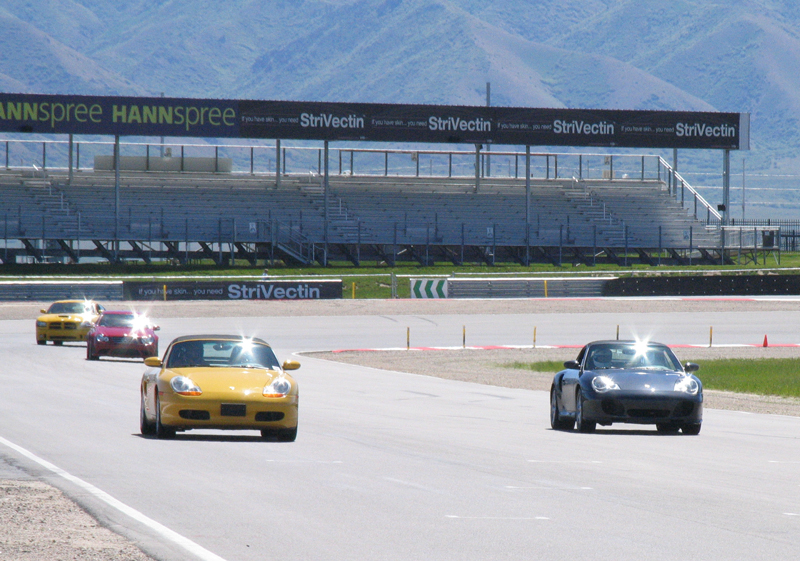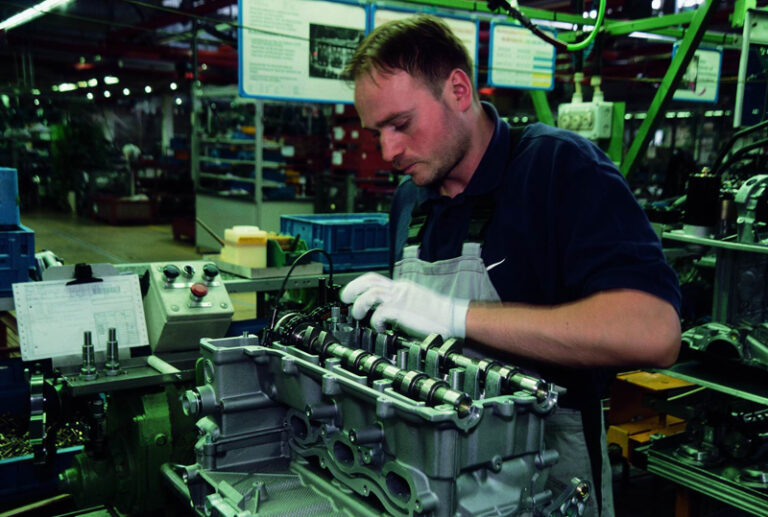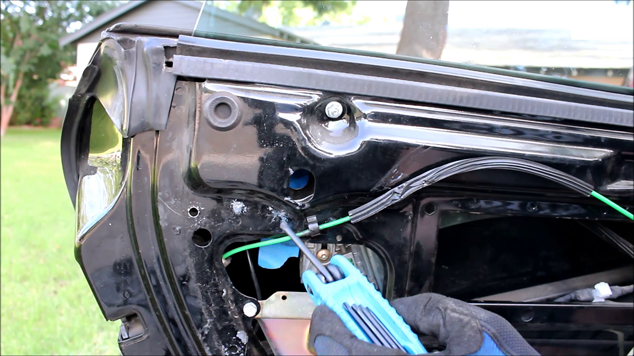Track Day Driving Reminders and Preparations
By: Ken Koop
With the start of the driving/track event season right around the corner, I thought it would be a good time to review some things that are needed at Track Driving Events. Last year we had a number of club members that participated in numerous Driving Events at Miller Motorsports Park located outside of Salt Lake City. Several other members have indicated they will be joining in on the tremendous fun they will have with their cars at the track this coming year.
There are a few important things that everyone needs to remember before and after a session on a track. I will comment on some of the most important things in this article. By following a few basic rules, they will help your car last longer, prevent needless repairs and make your day more enjoyable.
The first thing to remember is to be on time. You will need to check in and register, be assigned to a run group, pick out an instructor, fit a helmet (if you don’t own one) and attend a safety meeting before beginning your track day. You will also need to unload as many items from the trunk and interior of the car as possible which will help to remove excess weight. Never have loose papers lying around the interior of the car as they will become flying objects just when you are beginning some sort of critical maneuver (if you need further explanation on this, just ask me how I know). If you are new to driving on a race track, you will have an instructor assigned to you each time you are out on the track. They will be very helpful and patient in teaching you how to drive, break, corner and pass safely on a race track.
Before attending any driving event, you should have an experienced mechanic inspect your vehicle for proper operation. This includes inspecting the engine, all suspension components, steering and brake functions. Brake fluid should be changed at least every two years and it is a good idea to have the brake fluid changed before any track event.
Before you venture out onto the track for the first (and every) session at a driving event, be sure to check your gas gauge so it is at least ¼ full, the engine oil level should be topped off, your tires need to be inflated to the proper pressure and the lug nuts must have their torque set to the recommended factory setting. These four items can change considerably after just one twenty-five minute session of track time and should be checked before each and every track session.
Once your adventure on the track is over, the engine and brakes will always be hotter than when driven on public roads. This is not necessarily a bad thing, just a fact. When finishing the last lap of the session (called the cool down lap), always slow down to let the engine and brakes cool off before exiting the track. Instead of heading directly to your parking spot, it is a good idea to drive around the paddock in 2nd gear for a few minutes to allow the engine, fluids and brakes to further cool down before parking your car. If you need to get fuel, this is a good time to purchase it so you are not heading for your next session and realize your tank is on empty. While getting gas, I allow my engine to idle, thereby allowing it to circulate the fluids for a little extra time to cool down.
Try to park on a flat surface so you do not need to set the parking brake. NEVER SET YOUR PARKING BRAKE after a track session. Do not even rest your foot on the brake pedal while parked, since that draws heat out of the rotors and can warp the brake rotor. If possible, open the hood of the engine compartment as this will enable the engine to cool down more quickly (not possible with Caymans or Boxsters).
When you check your tire pressure immediately after exiting the track, you will notice the pressure has increased by 3-10 psi. Before heading back onto the track, you will need to re-adjust the air pressure. Bring your own tire gauge and air pump to be able to check and adjust the pressure (or you will need to borrow them). This is critically important, as you do not want to have the tire pressure too high or too low before heading back onto the track. When leaving the track at the end of the day, don’t forget to recheck the tire pressure. The tires will immediately lose pressure once you begin to drive them on the street at normal speeds. This will leave the tires under inflated and can become dangerous to drive home on.
If this will be your first track outing, it is a good idea if you can partner up with an experienced club member or ask an instructor for any additional advice. This will enable you to develop some good habits for future events. Most people will be more than happy to assist you (especially if this is your first driving event). This may all seem a little intimidating, but it really isn’t. You will have plenty of friendly people there to assist you. In the mean time, don’t forget to have fun! That is what you are there for.




